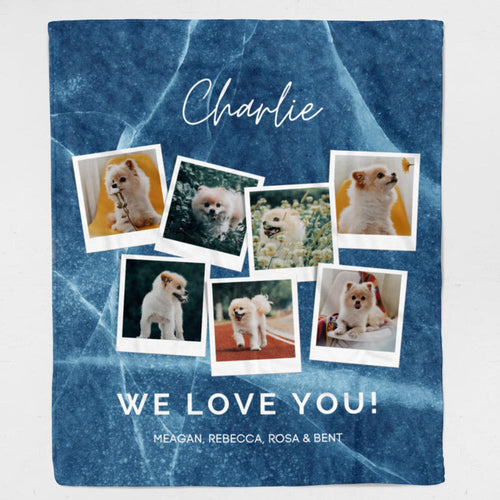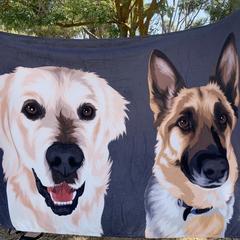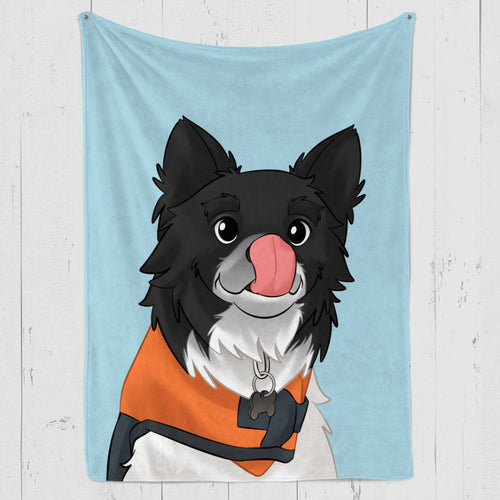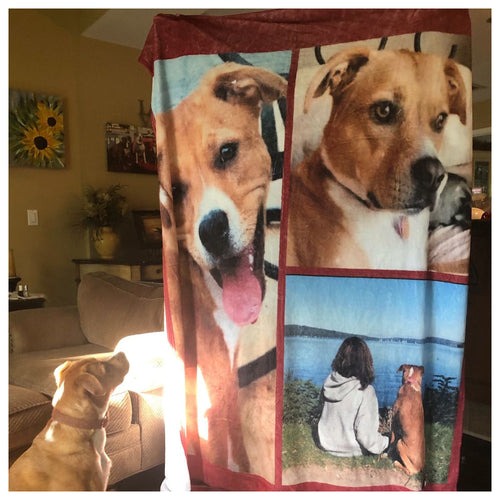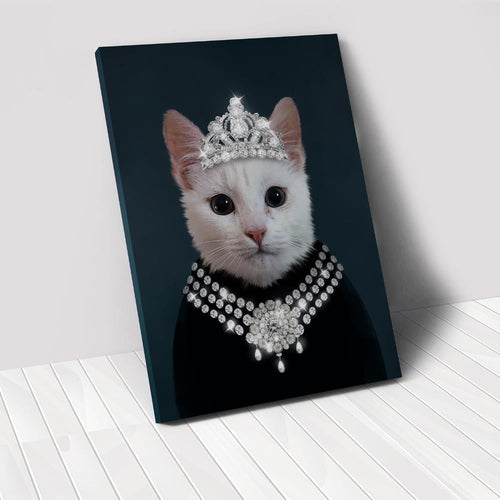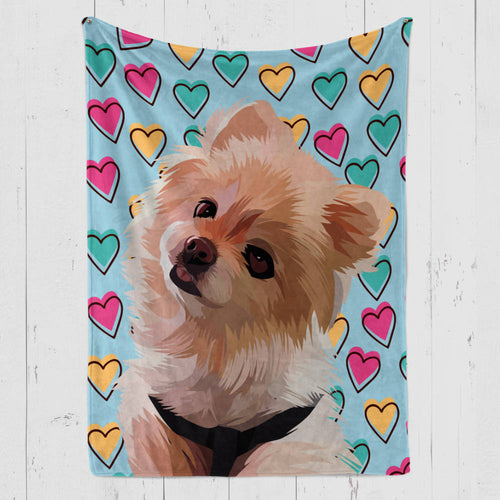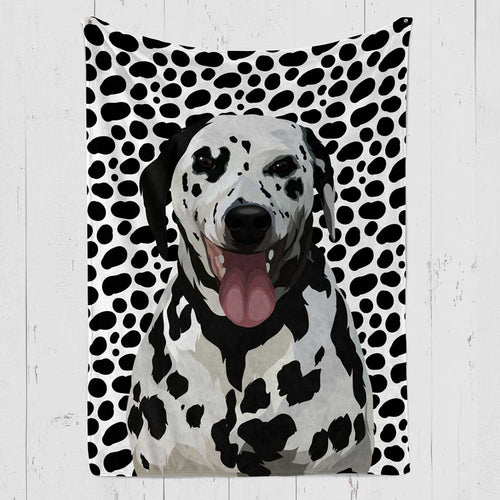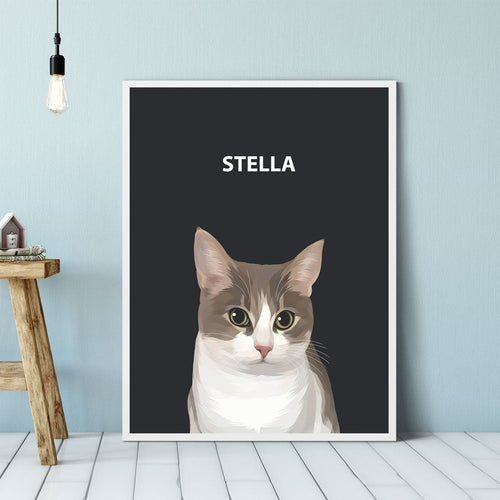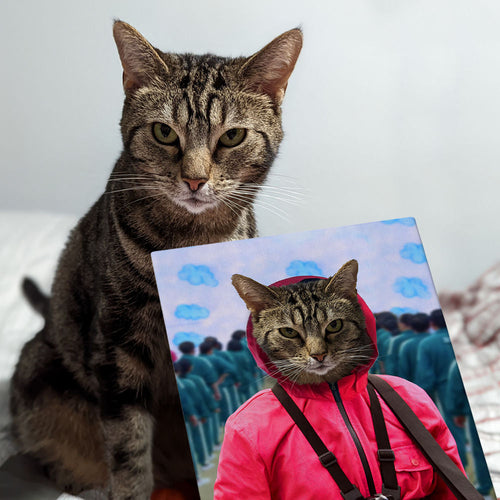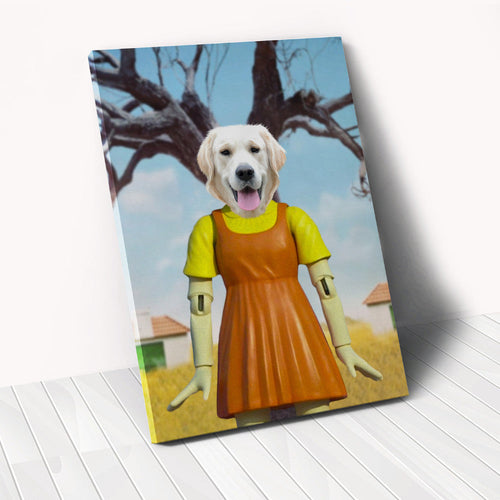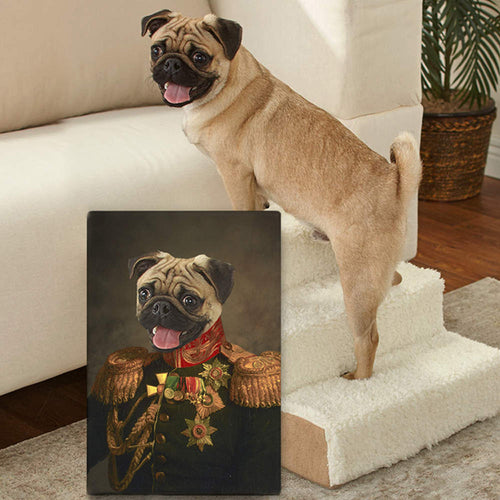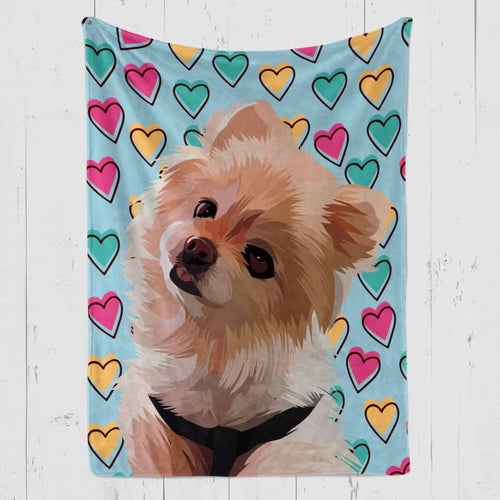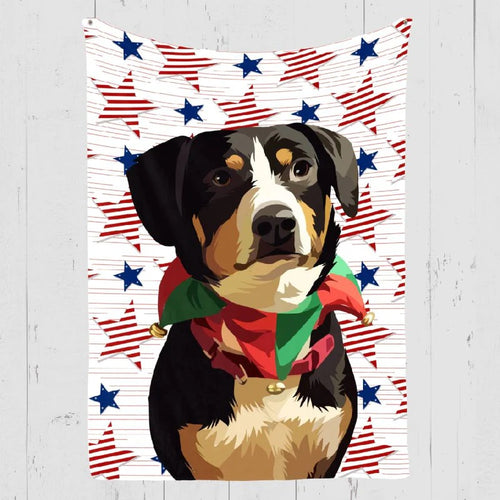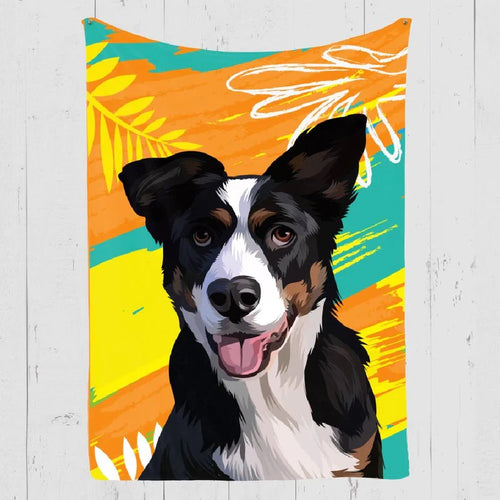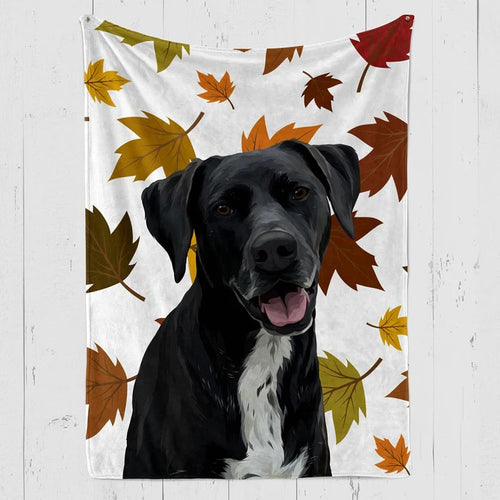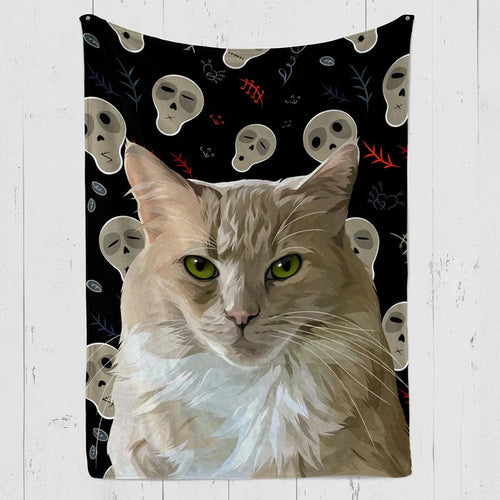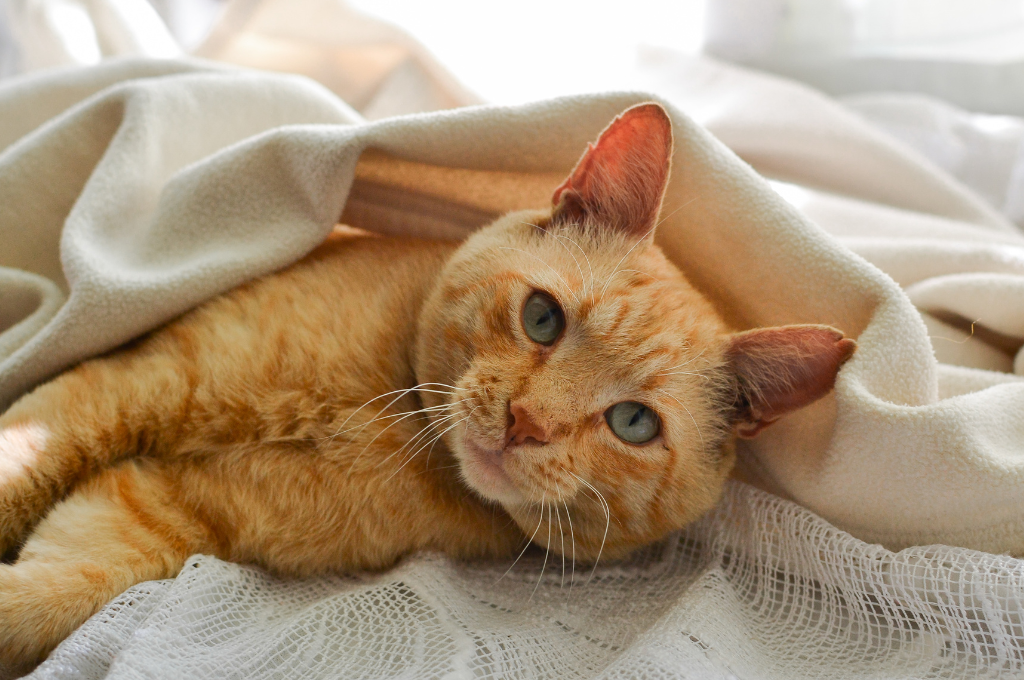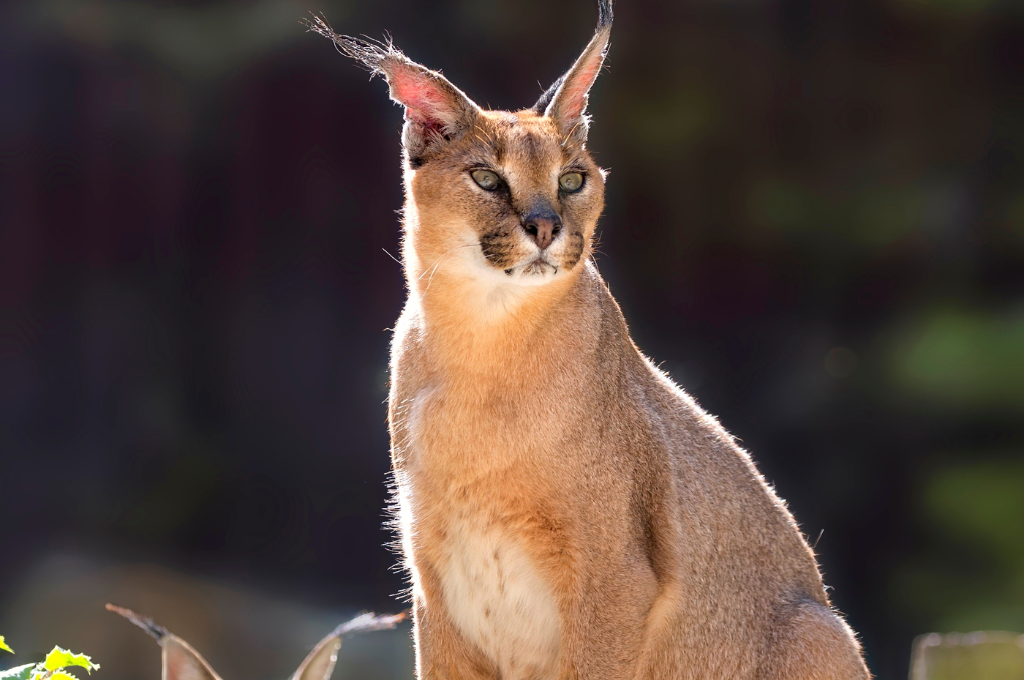
For fellow feline enthusiasts, to a purr-fect exploration of one of the most captivating breeds in the world of cats: Ragdolls! You're lounging on the couch, and a soft, plush ball of fur curls up beside you, melting into your arms like a cuddly pillow. That's the magic of the Ragdoll cat breed. However, there's much more to discover. Did you know these ragdoll cats are stunningly beautiful, affectionate, and friendly?
With their breathtaking sky-blue eyes and indescribably soft hair, Ragdoll cats always call to mind the vision of a blissful pet paradise.
Tracing their roots back to the 1960s when they were tactfully outbred from a Scottish lineage, these ragdoll cats have an exciting past. Their name, Ragdoll, is derived from their unique trait of completely relaxing when picked up, resembling a limp ragdoll, which only adds to their charm.
Their laid-back attitude makes them excellent indoor pets, adapting well to various living situations, including families with children and other pets.
Origins: The Beginnings of the Ragdoll Breed
Ragdoll cats' personality came into being in California during the 1960s, while Ann Baker tried to breed a beautiful cat with a highly affectionate character. To lay the basis for her scientific inquiries, she started with Josephine, a long-haired white domestic cat of uncertain parentage, who she bred with other cats she kept or met.
Baker's experience with breeding continued, and she was ultimately able to produce the first cats she considered "ragdolls." The Ragdoll breed featured full, non-tangling fur, was just the right size for cuddling, and was extremely friendly. The Cat Fanciers Association, or CFA, was the first organization to officially recognize a Ragdoll kitten in 1993. Since then, it has remained one of the most desired breeds in the CFA.
The Ragdoll breed arrived in the United Kingdom in 1981 through the dedicated and joint efforts of two breeders. Breeding Ragdolls, first and foremost, aimed to create a glamorous and comfortable cat that would make a good friend for any family.
Fascinating Facts About Ragdolls

- Ragdoll cats are essentially great masters of the "blue-eyed" guild, with their large, evocative eyes significantly boosting their appearance.
- Even though they are a highly fluffy breed of cats, these Semi-longhair cats have silky hair that requires less maintenance than other long-haired breeds and are less susceptible to matting.
- The gorgeous Ragdolls are the largest domesticated feline breed. The ragdoll cat size in males generally weighs 15-20 pounds, while the females vary from 10 to 15 pounds.
- Ragdolls tend to go limp when picked up, hence the name "Ragdoll," which adds to their endearing and docile nature.
- Calling them "puppy cats" would be more appropriate because they have many positive traits, like friendliness and affection. They love to be active, and their bond with their 'best' is as strong as that with their human companion.
- These playful cat breeds are pretty adaptable and can live well in different housing situations. Most of them do very well in the kids' houses or even with the other pets.
- Regardless of their playful appearance, Ragdolls are undoubtedly intelligent. Once trained, they may learn some tricks with pride and be guided by a leash.
Essential Care Tips for Ragdoll Cats
Ragdoll cats have straightforward grooming needs, as they are naturally clean animals capable of independently managing most of their grooming requirements. However, occasional baths may be necessary if their coat appears oily or unkempt.
According to Nicole Goudey-Rigger, you must comb your cat daily to keep its fur beautiful and healthy. Starting grooming activities for kittens in their initial months helps to build favorable habits that allow the ragdoll kitten to maintain healthy hair, significantly minimizing the need for a professional grooming appointment. While Ragdolls typically don't demand specialized skincare, owners should remain vigilant for any alterations in their cat's coat, which could indicate allergies.
The elegantly blue eyes of Ragdoll cats hardly ever need to be attended to, except in situations of redness or discharge in which a veterinary consultation is required as soon as possible. Besides, owners of cats should keep an eye out for ear infection symptoms, such as head-shaking, scratching ears, and discharge from ears. You must consult a vet immediately if your Ragdoll starts getting these symptoms.
Common Health Issues to Watch For
As a responsible cat owner, ensuring your feline friend's well-being is paramount for their longevity and happiness. Like all cat breeds, Ragdolls are susceptible to specific health issues. To help you prepare for potential health issues, here is some information on common health conditions in Ragdolls.
- Oral Health Concerns: Like many breeds, Ragdolls might develop gum and dental diseases during their lifetime. Gum disease, the root of inflammation of the supportive structures of the teeth due to bacterial degradation, may progress to gingivitis or periodontal disease, directly affecting vital organs such as the kidney and liver. Daily dental care, such as dry-food feeding and tooth brushing, prevents issues with tartar and reduces the chance for these issues to occur; hence, your Ragdoll's well-being is in the best interest.
- Respiratory Tract Disorders: Many ragdoll cats are predisposed to respiratory tract infections, and the cat flu is one of them, which causes the cat to sneeze a lot and have a runny nose. This type of disease transmission can be averted through the administered vaccines. Chronic lower respiratory conditions, such as cat asthma, are accompanied by bronchial inflammation with wheezing. They are treatable with long-term cat medication.
- Heart Disease: HCM - hypertrophic cardiomyopathy - a condition that is highly common among Ragdoll cats that can cause heart failure. Although incurable for a lifetime, medication can be used to alleviate symptoms.
- Kidney Disease: Many factors can contribute to Ragdoll's kidney disease occurrence, which can be treated using intravenous fluids, special diets, and medications that aim to relieve the symptoms and keep functionality intact.
- Gastrointestinal Disorders: Ragdoll cats are prone to gastrointestinal issues, which can cause vomiting and diarrhea, but appropriate treatments can help them recover these symptoms.
Behavior and Training Tips for Ragdoll Cats

Have you ever wondered what makes a Ragdoll cat breed so unique? Well, these feline companions are not just friendly but downright affectionate. When your tabby ragdoll cat feels happy and secure, they might roll onto their back, revealing their belly—a sure sign of trust and relaxation.
To be more specific, they are not only friendly and warm-hearted but endlessly caring, too. Your Ragdoll cat’s friendly behavior best indicates its general state of mind. When your cat is relaxed and serene, it may reach for you with its paw, purr, or the belly will be exposed. Communication with your Ragdoll is a breeze.
It is a rewarding experience to raise Ragdoll Kittens. They can be taught efficiently because they are intelligent and eager, which makes them learn fast and satisfy the instructor. From correcting the litter box manners to teaching the tricks—fetching—it will surprise you that your Ragdoll kitten can learn well after being born.
Grooming Essentials for Your Ragdoll
Ensuring your Ragdoll cat maintains its stunning appearance requires attention to grooming essentials. Despite their plush coats, Ragdoll cats have relatively low grooming needs compared to other long-haired breeds. Here’s a concise guide on grooming essentials for Ragdoll cat enthusiasts:
Brushing-- Frequent gentle brushing using a soft brush head is essential.
- Focus on delicate areas like behind the ears and under the legs to prevent matting.
- Regular brushing helps remove loosened hair, reducing the chance of hairballs.
- It also maintains a healthy, shiny fur coat.
- Visit the vet every few weeks for nail trimming.
- Long nails can cause discomfort to your Ragdoll.
- Keeping their nails at an appropriate length is crucial.
- Occasional baths are necessary to maintain appearance and coat health.
- Use a cat-friendly, gentle shampoo.
- Properly rinse to avoid skin irritation.
- Regularly brush your Ragdoll’s teeth.
- Prevent tartar buildup and maintain oral health.
Incorporate these grooming essentials into your routine, and your Ragdoll will look and feel their best.
Takeaway
Discovering the world of Ragdoll cats is like uncovering a treasure trove of joy and companionship! From their stunning appearance to their affectionate nature, Ragdolls are truly enchanting companions. With some grooming essentials in mind, you'll be able to enjoy countless cuddles and playful moments with your beloved Ragdoll companion for years to come.
Frequently Asked Questions
The appropriate feeding amount for a Ragdoll cat depends on age, weight, activity level, and dietary requirements. Generally, adult Ragdolls may require around 200-400 calories per day, divided into two or more meals.
Ragdoll cats' price varies based on pedigree, lineage, breeder reputation, and geographical location. On average, Ragdoll kittens from reputable breeders may cost between $800 to $2,000 or more, while rescue or shelter Ragdolls may be available for adoption at lower fees.
Ragdoll cats are exceptionally well-suited for indoor living. Their calm and gentle nature makes them ideal companions for indoor environments, where they can be protected from outdoor hazards such as traffic, predators, and diseases.
The Ragdoll cat breed earned its distinctive name due to its unique tendency to relax completely when picked up, resembling a limp ragdoll. This trait, combined with their gentle demeanor, inspired their name.
Ragdoll lifespan ranges from 12 to 15 years or more with proper care, nutrition, and veterinary attention.
Ragdoll cats are generally well-suited for households with children. Their calm, tolerant nature and affectionate disposition make them excellent family companions, provided children are taught to handle them gently and respectfully.
Ragdoll cats do shed, but not excessively compared to some other breeds. Regular grooming, such as brushing, can help minimize shedding and keep their coat healthy and tangle-free.
Ragdoll cats are best kept indoors to protect them from dangers such as traffic accidents, predators, and disease exposure. However, supervised outdoor access in enclosed spaces or on harnesses and leashes can provide safe outdoor experiences.
Reference Links
Similar Articles
Latest Review on Woof Blankets
To have such a masterpiece by my side every day is a gift for me and my memories with Rex. Thank you WoofBlankets for such an opportunity to recreate his image on a blanket.Lara o’ Miguel US, California

COLLECTION WORTH EVERY PENNY
BEST SELLERS
-
Woofy Single Color Custom Pet Blanket
![Woofy Single Custom Pet Blanket – Woof Blanket]()
- -41%
BlanketsSHOP NOW- Regular price
- from $64.95
- Sale price
- from $64.95
- Regular price
-
$109.95 - Unit price
- per
Sold out -
The French Sailor - Custom Pet Portrait
![]()
- -25%
CanvasSHOP NOW- Regular price
- from $59.95
- Sale price
- from $59.95
- Regular price
-
$79.95 - Unit price
- per
Sold out -
Summer Time Custom Pet Blanket
![Summer Time Custom Pet Blanket]()
- -39%
BlanketsSHOP NOW- Regular price
- from $69.95
- Sale price
- from $69.95
- Regular price
-
$114.95 - Unit price
- per
Sold out -
Pet Memorial Custom Photo Collage Blanket
![Personalized pet memorial quilt with photos]()
- -41%
BlanketsSHOP NOW- Regular price
- from $64.95
- Sale price
- from $64.95
- Regular price
-
$109.95 - Unit price
- per
Sold out -
4th of July Custom Pet Blanket
![4th of July Custom Pet Blanket Online]()
- NEW
- -39%
BlanketsSHOP NOW- Regular price
- from $69.95
- Sale price
- from $69.95
- Regular price
-
$114.95 - Unit price
- per
Sold out -
Modern Pet Portraits
![Cute Dog Modern Pet Portraits Online]()
- NEW
- -36%
CanvasSHOP NOW- Regular price
- from $59.95
- Sale price
- from $59.95
- Regular price
-
$93.95 - Unit price
- per
Sold out -
The Admiral - Custom Pet Portrait
![The Admiral - Custom Pet Portrait Online]()
- NEW
- -25%
CanvasSHOP NOW- Regular price
- from $59.95
- Sale price
- from $59.95
- Regular price
-
$79.95 - Unit price
- per
Sold out -
Woof Splash Custom Pet Blanket
![Woof Splash Custom Pet Blanket]()
- -39%
BlanketsSHOP NOW- Regular price
- from $69.95
- Sale price
- from $69.95
- Regular price
-
$114.95 - Unit price
- per
Sold out -
The Policeman - Custom Pet Portrait
![]()
- NEW
- -25%
CanvasSHOP NOW- Regular price
- from $59.95
- Sale price
- from $59.95
- Regular price
-
$79.95 - Unit price
- per
Sold out -
The General - Custom Pet Portrait
![]()
- NEW
- -25%
CanvasSHOP NOW- Regular price
- from $59.95
- Sale price
- from $59.95
- Regular price
-
$79.95 - Unit price
- per
Sold out -
Woof Love Custom Pet Blanket
![Woof Love Custom Pet Blanket]()
- -39%
BlanketsSHOP NOW- Regular price
- from $69.95
- Sale price
- from $69.95
- Regular price
-
$114.95 - Unit price
- per
Sold out -
The Ambassador - Custom Pet Portrait
![The Ambassador - Custom Pet Portrait Online]()
- NEW
- -25%
CanvasSHOP NOW- Regular price
- from $59.95
- Sale price
- from $59.95
- Regular price
-
$79.95 - Unit price
- per
Sold out -
Fall In Love Custom Pet Blanket
![Fall In Love Custom Dog Blanket]()
- NEW
- -39%
BlanketsSHOP NOW- Regular price
- from $69.95
- Sale price
- from $69.95
- Regular price
-
$114.95 - Unit price
- per
Sold out -
Cartoonized Pet Portraits (New)
![Cartoonized Pet Custom Portraits Online]()
- -36%
SHOP NOW- Regular price
- from $59.95
- Sale price
- from $59.95
- Regular price
-
$93.95 - Unit price
- per
Sold out -
The Classy Lady - Custom Pet Portrait
![The Classy Lady]()
- NEW
- -25%
CanvasSHOP NOW- Regular price
- from $59.95
- Sale price
- from $59.95
- Regular price
-
$79.95 - Unit price
- per
Sold out -
The Duke - Custom Pet Portrait
![The Duke - Custom Pet Portrait]()
- NEW
- -25%
CanvasSHOP NOW- Regular price
- from $59.95
- Sale price
- from $59.95
- Regular price
-
$79.95 - Unit price
- per
Sold out -
Dog In Suit- Custom Pet Portrait
![Dash Dog In Suit- Custom Pet Portrait Online]()
- NEW
- -25%
CanvasSHOP NOW- Regular price
- from $59.95
- Sale price
- from $59.95
- Regular price
-
$79.95 - Unit price
- per
Sold out -
The Princess - Custom Pet Portrait
![]()
- NEW
- -25%
CanvasSHOP NOW- Regular price
- from $59.95
- Sale price
- from $59.95
- Regular price
-
$79.95 - Unit price
- per
Sold out -
Modern Pet Portrait with One Mug
![Modern Pet Portrait with One Mug]()
- -25%
Print MaterialSHOP NOW- Regular price
- from $99.95
- Sale price
- from $99.95
- Regular price
-
$133.95 - Unit price
- per
Sold out -
The Aristocrat - Custom Pet Portrait
![The Aristocrat - Custom Pet Portrait At Best Price]()
- NEW
- -25%
CanvasSHOP NOW- Regular price
- from $59.95
- Sale price
- from $59.95
- Regular price
-
$79.95 - Unit price
- per
Sold out -
Single Color Custom Blanket with 1 Mug
![Single Color Custom Blanket with 1 Mug]() BlanketsSHOP NOW
BlanketsSHOP NOW- Regular price
- from $99.95
- Sale price
- from $99.95
- Regular price
-
- Unit price
- per
Sold out -
Single Color Custom Blanket with 2 Pillows
![Single Color Custom Pet Blanket with 2 Pillows]()
- -21%
BlanketsSHOP NOW- Regular price
- from $99.95
- Sale price
- from $99.95
- Regular price
-
$125.95 - Unit price
- per
Sold out -
The Dog in Suit Custom Pet Mug
![]()
- -20%
MugsSHOP NOW- Regular price
- $39.95
- Sale price
- $39.95
- Regular price
-
$49.95 - Unit price
- per
Sold out -
Angel Custom Pet Mug
![]()
- -20%
MugsSHOP NOW- Regular price
- $39.95
- Sale price
- $39.95
- Regular price
-
$49.95 - Unit price
- per
Sold out -
This Human Belongs To - Custom Pet Mug
![]()
- NEW
- -20%
MugsSHOP NOW- Regular price
- $39.95
- Sale price
- $39.95
- Regular price
-
$49.95 - Unit price
- per
Sold out -
It's Not Dog Hair Custom Pet Mug
![]()
- NEW
- -20%
MugsSHOP NOW- Regular price
- $39.95
- Sale price
- $39.95
- Regular price
-
$49.95 - Unit price
- per
Sold out -
My Dog Is My Valentine Custom Pet Mug
![]()
- NEW
- -20%
MugsSHOP NOW- Regular price
- $39.95
- Sale price
- $39.95
- Regular price
-
$49.95 - Unit price
- per
Sold out -
3 Photos With Message Custom Pet Mug
![]()
- NEW
- -20%
MugsSHOP NOW- Regular price
- $39.95
- Sale price
- $39.95
- Regular price
-
$49.95 - Unit price
- per
Sold out -
My Valentine Has Four Legs- Personalized Mugs
![]()
- NEW
- -20%
MugsSHOP NOW- Regular price
- $39.95
- Sale price
- $39.95
- Regular price
-
$49.95 - Unit price
- per
Sold out -
Dog Mamma Custom Pet Coffee Mug
![]()
- -20%
MugsSHOP NOW- Regular price
- $39.95
- Sale price
- $39.95
- Regular price
-
$49.95 - Unit price
- per
Sold out -
Uncle Sam - Custom Pet Portrait
![]()
- NEW
- -25%
CanvasSHOP NOW- Regular price
- from $59.95
- Sale price
- from $59.95
- Regular price
-
$79.95 - Unit price
- per
Sold out -
The Revolutionary Emperor - Custom Pet Portrait
![]()
- NEW
- -25%
CanvasSHOP NOW- Regular price
- from $59.95
- Sale price
- from $59.95
- Regular price
-
$79.95 - Unit price
- per
Sold out -
The Princess Paws - Custom Pet Portrait
![]()
- -25%
CanvasSHOP NOW- Regular price
- from $59.95
- Sale price
- from $59.95
- Regular price
-
$79.95 - Unit price
- per
Sold out -
Exclusive Custom Pet Blanket
![Exclusive Custom Pet Blanket]()
- -39%
BlanketsSHOP NOW- Regular price
- from $69.95
- Sale price
- from $69.95
- Regular price
-
$114.95 - Unit price
- per
Sold out -
The Dark Crusader Knight - Custom Pet Portrait
![]()
- -25%
CanvasSHOP NOW- Regular price
- from $59.95
- Sale price
- from $59.95
- Regular price
-
$79.95 - Unit price
- per
Sold out
